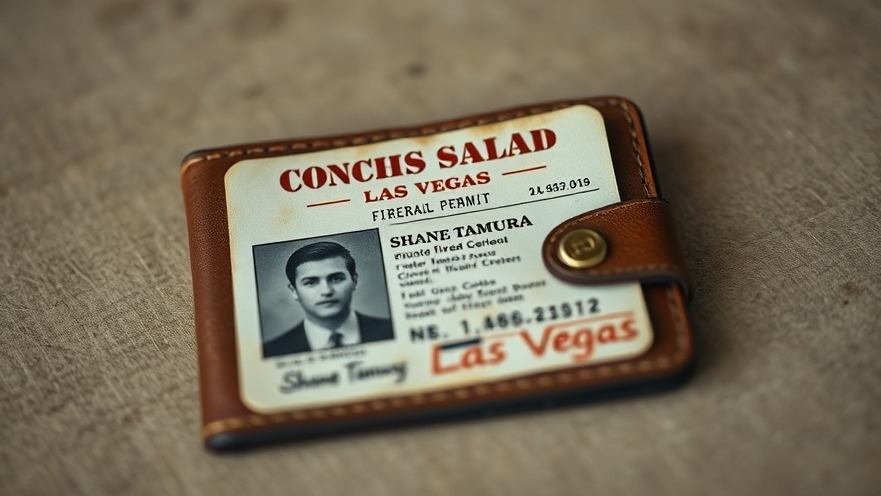
A Shocking Incident in Midtown: Understanding the NYC Office Shooting
The tragic office shooting in Midtown Manhattan on Monday evening has sent ripples through the entire nation, as the shooter, Shane Tamura, reportedly aimed for the NFL headquarters. Explaining the motivations behind this act, New York City Mayor Eric Adams confirmed that a note was found with Tamura, where he expressed his grievances about the impact of chronic traumatic encephalopathy (CTE)—a brain disease linked to repetitive head injuries in contact sports.
The Link Between CTE and Violence
CTE has garnered increased attention in recent years, primarily due to its connection with former football players facing severe mental health challenges. In Tamura’s case, he had never played in the NFL, yet his obsession with CTE suggests broader implications concerning the psychological dependencies formed through sports culture. The question lingers: could greater awareness and education on CTE's potential effects lead to healthier perspectives on sports participation?
Mental Health in Sports: A National Conversation
This incident raises critical questions about mental health, particularly among athletes. As more former players come forward with stories reflecting the ravaging effects of CTE, the sports community must reconsider its approach to athlete health. The NFL has made strides in recognizing CTE, implemting protocols for safety and health checks. However, are these measures sufficient to truly protect players? Should organizations like the NFL be held accountable for external factors affecting the lives of those who played the game?
The Grave Consequences of the Attack
The ramifications of the shooting extend far beyond the intentions of the shooter. A total of four individuals lost their lives, including Officer Didarul Islam. The emotional aftermath of this event reverberates through families and the communities shaken by such senseless tragedy. Companies involved, like Blackstone, expressed profound sorrow for the loss of their employees, particularly highlighting the life of Wesley LePatner—described as a cherished member of their team. This speaks to a larger issue of workplace safety and the unexpected horror that can manifest.
The Role of Law Enforcement and Security
Amid the chaos, the effectiveness of safety measures in high-rise buildings is under scrutiny. Mayor Adams mentioned that the building had safeguards in place, including an elevator freeze button. Unfortunately, a security guard was shot before he could activate it, raising questions about the preparedness of security personnel in tragedy situations. How can corporations better equip their teams to manage unexpected emergencies? Increased training and investment in safety measures may be essential, particularly when considering the growing wave of workplace violence.
Cultural Reflections: How We View Violence
Violent incidents, like the Midtown shooting, prompt society to reflect on the normalization of aggression in media and entertainment. The fascination with gun violence can sometimes overshadow the devastating consequences for victims and their loved ones. How do we shift the narrative towards understanding the human cost behind these events? Community discussions and initiatives aiming to combat violence can pave the way for healing and action.
Community Response: A Call to Action
In the wake of this tragedy, it's imperative for communities to unite and advocate for mental health resources, stricter security measures, and more responsible media representations of violence. Engaging in dialogue about the implications of CTE and promoting programs that focus on mental well-being can steer society toward proactive solutions.
Conclusion: The Importance of Understanding Tragedy
This incident starkly illustrates why understanding the roots of violence—mental health issues, as well as public safety—is vital for creating an informed society capable of preventing future tragedies. It urges all of us to foster conversations that lead to constructive change. Engage with your local representatives, participate in community safety seminars, and support mental health initiatives to build a more compassionate and secure environment for everyone. Now is the time to take action.
 Add Element
Add Element  Add Row
Add Row 



Write A Comment